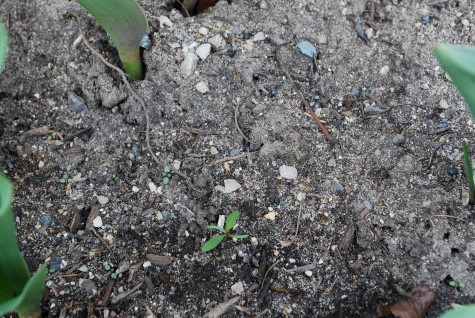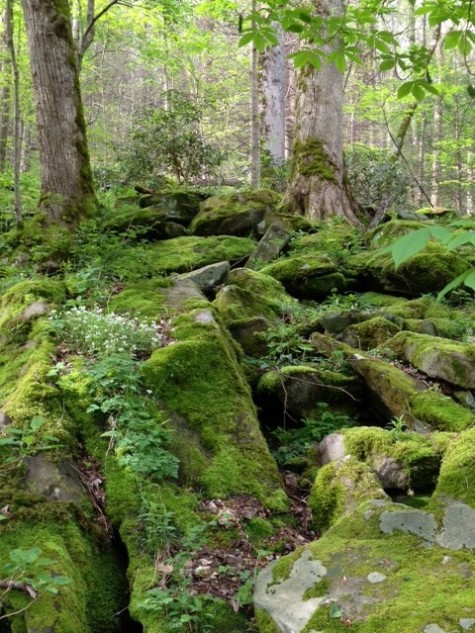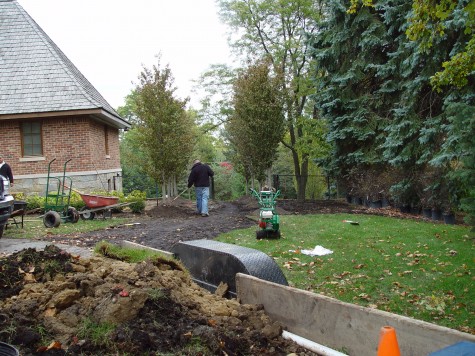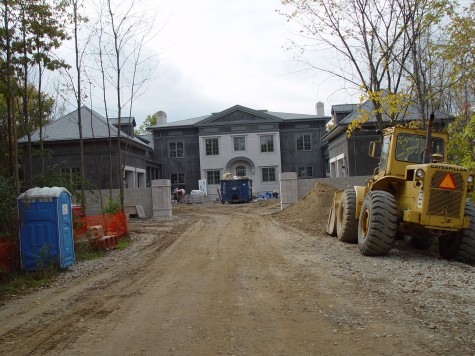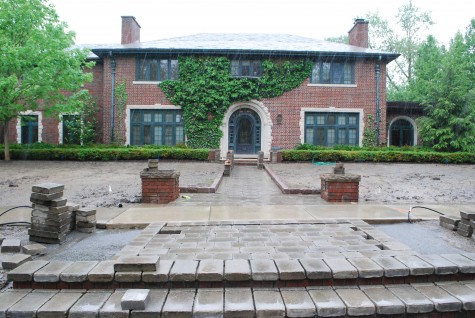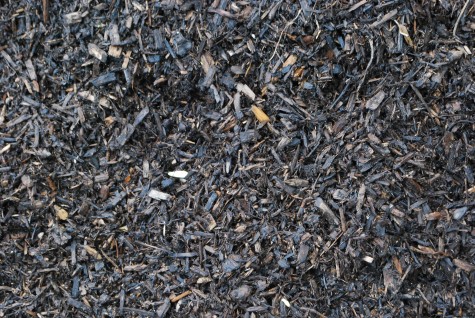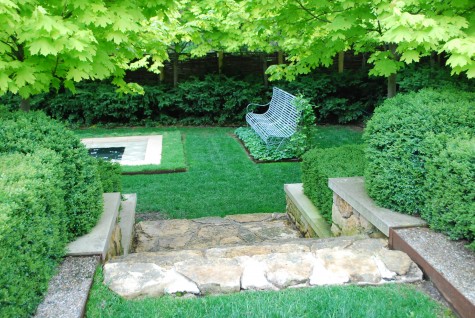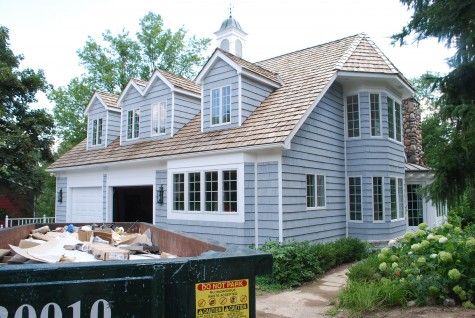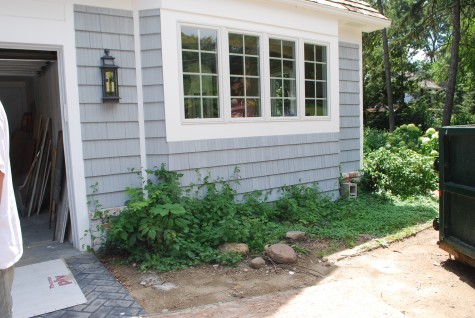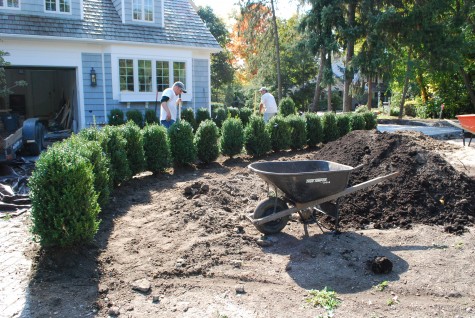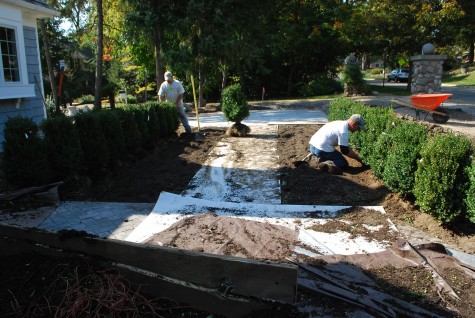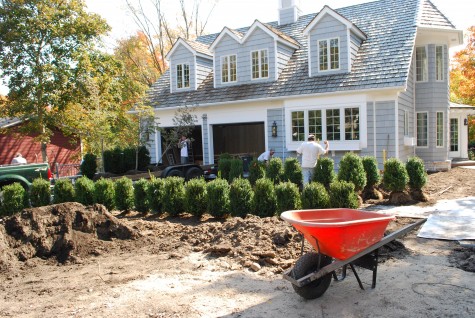I have been told that dirt is what gets picked up by a vacuum cleaner, and soil in a medium in which to grow plants. Semantics aside, I prefer the word dirt. What is under my fingernails, and inside my socks is dirt. That dried material on the end of my spade or on my trowel is dirt. What cakes the floormats in my truck is dirt. What the dogs track in-dirt. What provides a home for my trees, shrubs, and perennials, and my container plants-dirt.
Dirt is a big word. Some dirt is cream white, and grainy-do not count on it to retain water. Sand is a type of dirt whose particles do not stick together. Water drains right through it. On the beach off Tybee Island near Savannah, Georgia-sand. It drains and dries within seconds of its exposure to waves. A sand beach on the ocean-one of life’s great pleasures. What grows there? Tufts of grass. Those tufts always look stressed, and tired, I might add. Sand is a lean medium.
Some dirt is an iridescent colored and greasy material that sticks to everything-shovels, hands-and roots that are gasping for a little air. Clay is a very heavy water retentive dirt. Once it dries out, it is hard-bone hard. Terra cotta pots are made from clay dirt. The word terra cotta, literally translated, means fired earth. Very heavy clay dirt is loath to give up its water. Farmers use clay to line the bottom of ponds built to provide water for livestock. I have only built one pond that was lined in clay. I had a client who was game. 12 inches of clay lined her pond. Once all of the air was compacted out of it, the water level in the pond stayed fairly constant. The heavy clay soil pictured above-like the bottom of that pond.
Both sand and clay-dead dirt. I don’t mean this, really. Both are composed of minerals-natural elements. Silica, iron, manganese and the like. A ball of clay that I have squeezed all of the air out of-rock like. My clay rock is not so different than a granite rock, in theory. Granite is just harder than clay. Formed clay, like granite, has been a building material for centuries. Drain pipes, chimney flues and floor tiles-made of fired clay. Natural rock may be inert, but it is has a history that one could call a life. Some geologists think that rock is a living organism. This may be true in the abstract, but would you expect a columbine to take hold in a stack of quarry tile? Not likely.
Good dirt, the kind of dirt that encourages vigorous growth and health, is loaded with organic material. What does this mean exactly? Plants grow and prosper. Once the seeding, fruiting and blooming is done, they die. Even the biggest and the oldest trees enentually die. When living things die, they decompose. They become compost. Compost is the decomposing residue of the lives of many. In undisturbed forests, lichens and moss colonize the surfaces of rocks. Those colonies catch the debris from falling leaves-and trees. This lean dirt, these natural and shallow pockets of decomposed plant material, provide a medium in which plants can take hold, and thrive.
Clay dirt, and sand dirt mixed together makes a leavened soil. The sand particles help break up the clay. This means water can be supplied to a plant, and then drain away before the roots rot. But leavening is not enough. Great dirt is loaded with organic material. compost. The remains of other plants. Organic material further leavens dirt-dirt great for growing is loose, friable. Air is a big part of the party. Roots need air to survive, and thrive. Who knows what other nutrients in decomposing plant material contribute to the next generation of plants.
What else from that organic material? There is plenty of controversy. There are those who say compost feeds the soil. There are those who say all compost does is promote an even absorption and slow release of water. Water retention, if you will. There are those that say organic material fuels the next generation of plants. That organic material, unsullied by any human intervention, makes for healthier, better lives. Purely organic soil, organically grown plants-whenever I hear this, I swing back to some straight dirt talk. Good dirt is essential to a garden.
Great dirt is crumbly, friable. It holds moisture to a point, then it drains. A high compost content makes soil rich-I cannot really explain what I mean by rich, but I can smell it. It has a certain feel. It falls off the spade and trowel. Great dirt running deep will endow your garden. Dig a big scoop of your soil. Pick up what your hand will hold. If it sifts out between your fingers, add lots of clay, and lots of organic material. If it sits in your hand like a heavy lump, add some sand, and lots of compost. Aim to amend your soil. Your treasured plants need air, minerals, and compost. Thinking to plant a garden, or install a landscape? Cook up some really good dirt.
I could not cook a dinner for friends if my life depended upon it. But I can make, or amend, or tweak dirt-cook dirt- such that plants grow. I do what I can to provide good dirt for every plant on my property. Could I teach a class in soil science-no. This is by no means a scientific discussion of soil. This is a fairy tale about good dirt. A story-no more. Take this story where you will. But I will say that the dirt under your nails will help your garden prosper.
